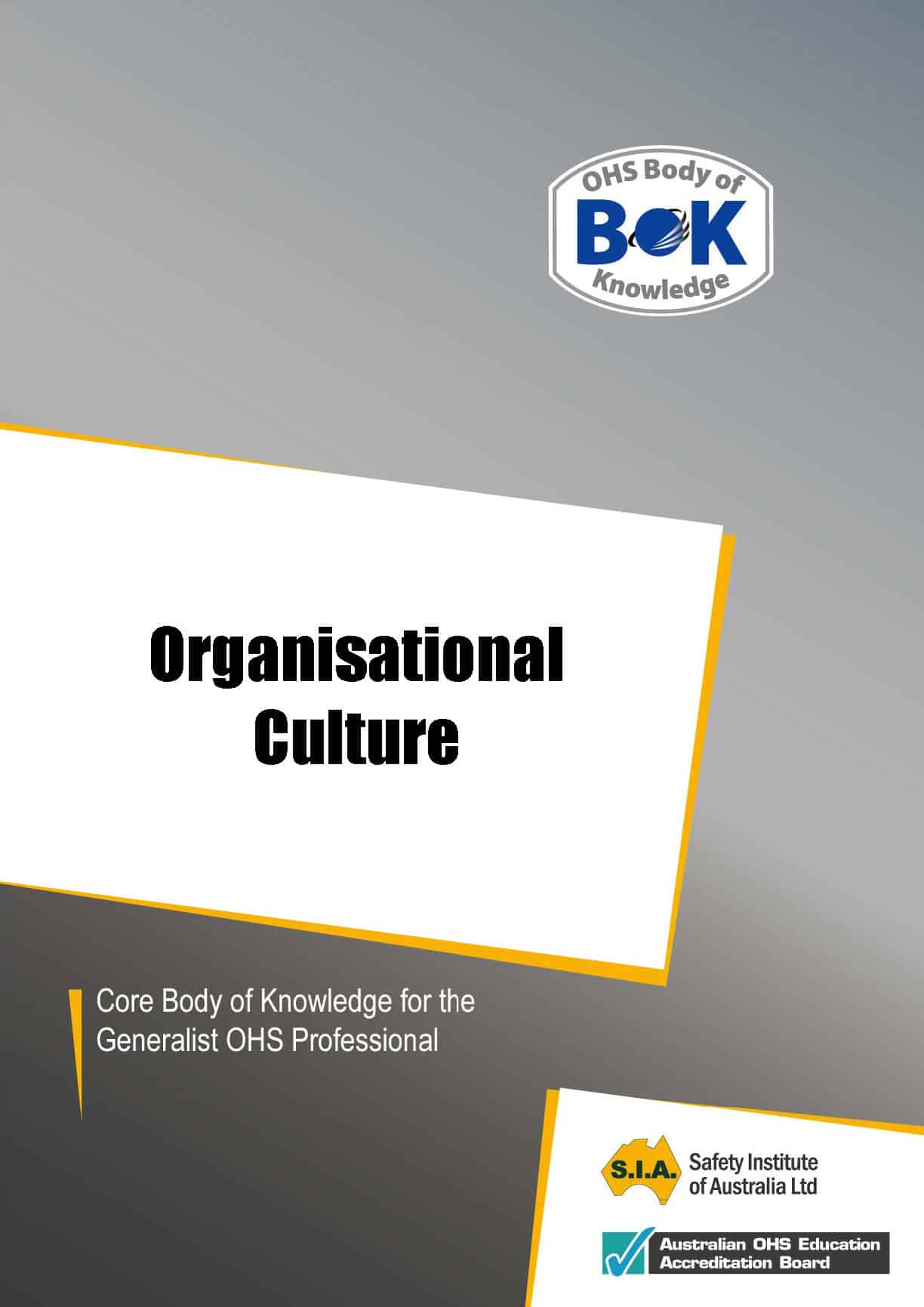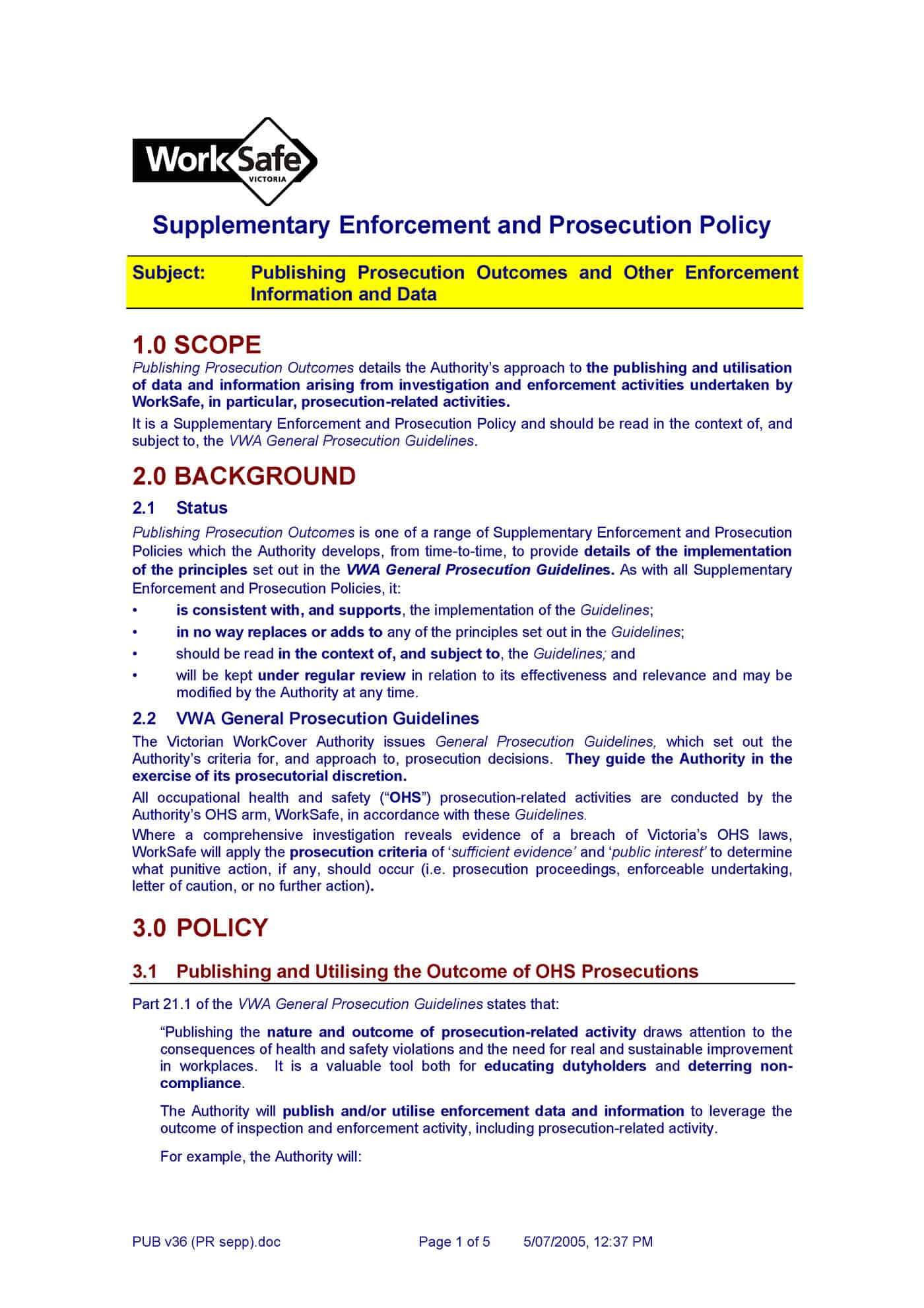 One of the most effective ways of learning is by listening to or reading stories. This has been an accepted truth since well before the printed word, even though modern training educators sometimes justify the importance of storytelling through pseudo-neurology-speak. It is the purpose of research to verify and question truths and to, hopefully, through this process to expand our knowledge and understanding but research into the telling of safety stories seems rare.
One of the most effective ways of learning is by listening to or reading stories. This has been an accepted truth since well before the printed word, even though modern training educators sometimes justify the importance of storytelling through pseudo-neurology-speak. It is the purpose of research to verify and question truths and to, hopefully, through this process to expand our knowledge and understanding but research into the telling of safety stories seems rare.
One recent article* of research (not freely available) into storytelling and the construction industry has been written by Jodith Leung and Patrick Fong of the Hong Kong Polytechnic University and although it is not overtly about occupational health and safety (OHS), the high risk nature of construction makes safety inseparable from the stories.



 On September 9 2013, the Canberra Times published an article by
On September 9 2013, the Canberra Times published an article by